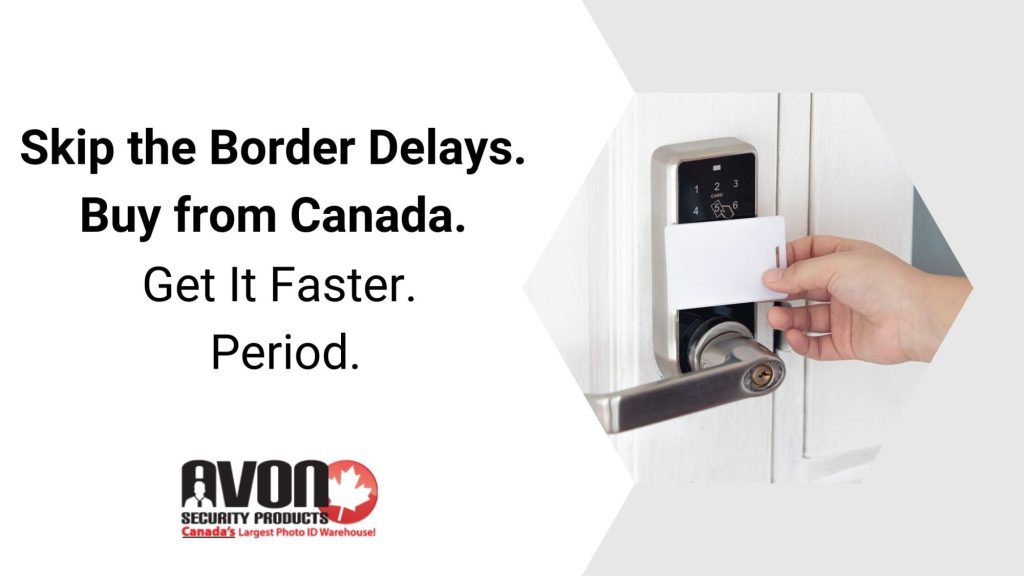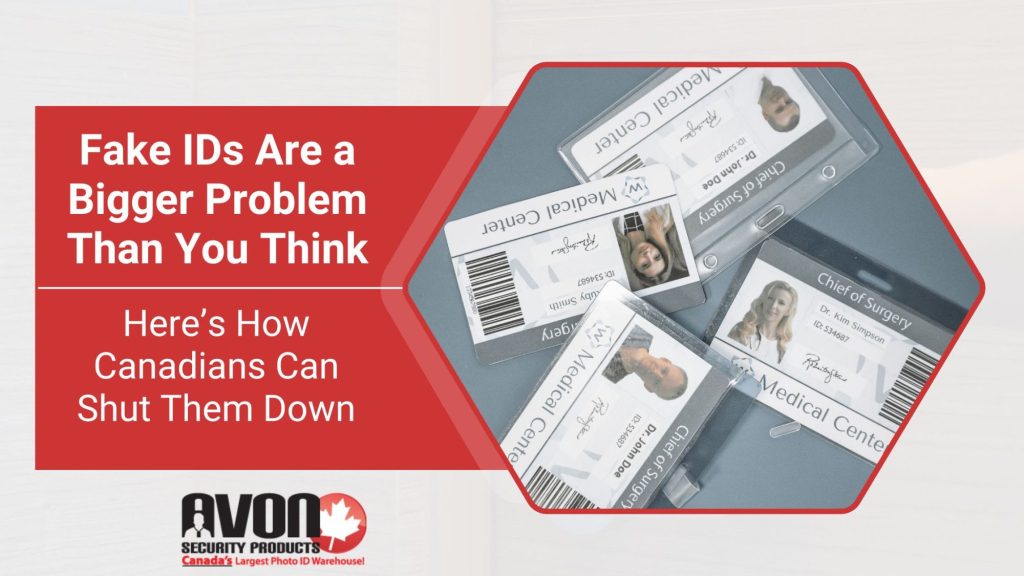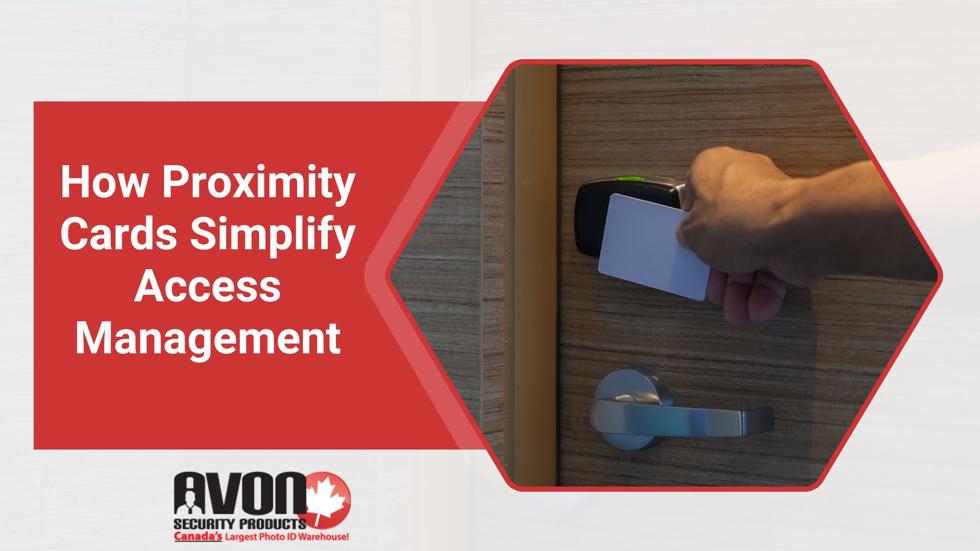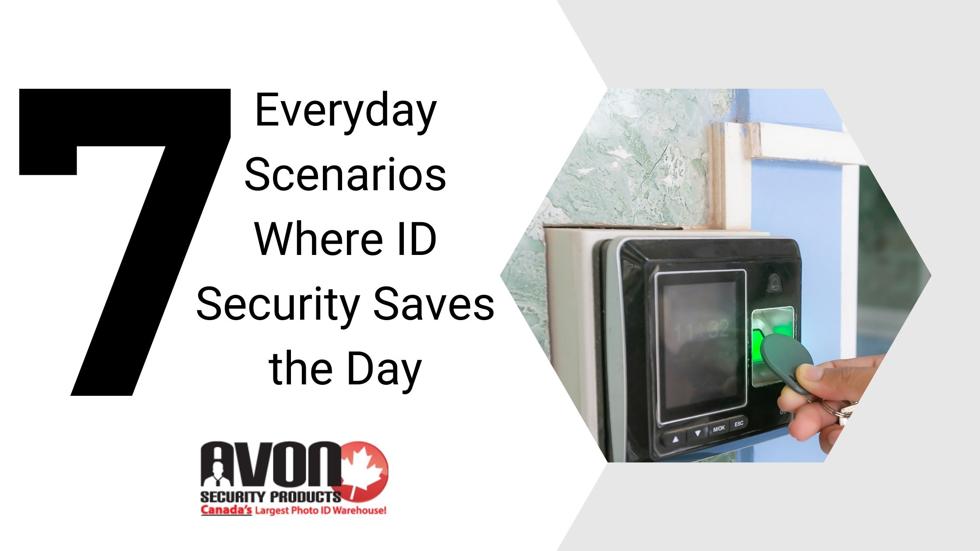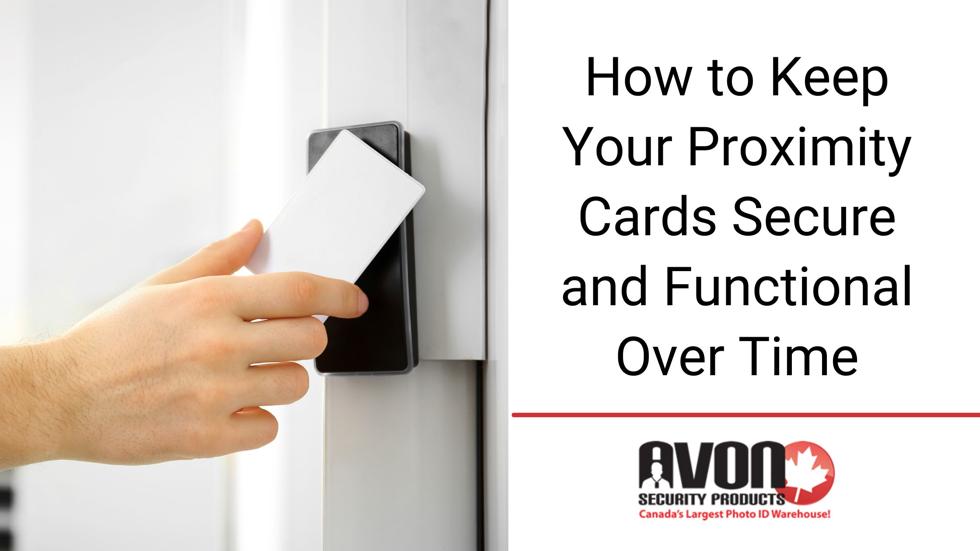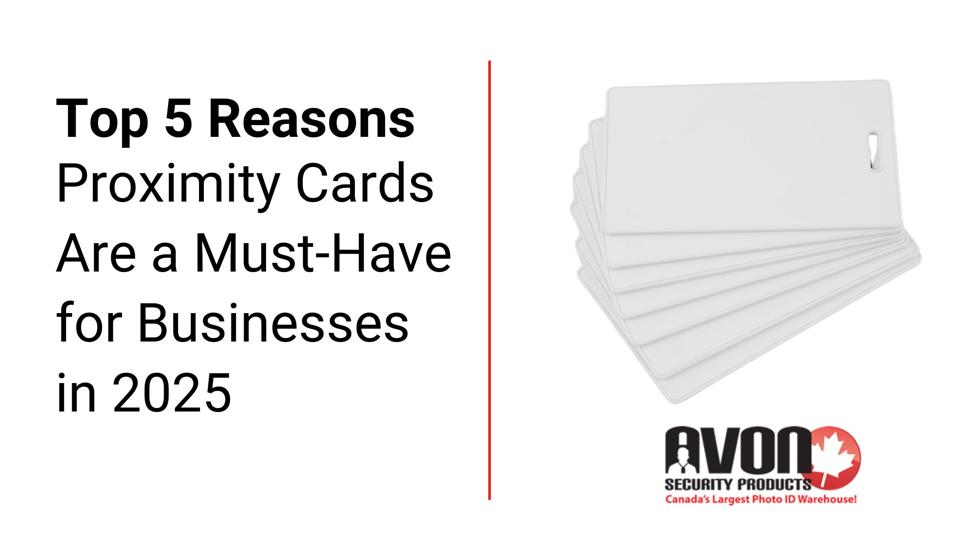When your organization needs ID card systems, you don’t have time to play customs roulette. Between delayed shipments, surprise duties, and unreliable timelines, buying from a U.S. supplier can quickly become more trouble than it’s worth. If you’re a Canadian school, business, healthcare provider, or government agency, here’s why buying from Avon Security Products—a proudly Canadian company—is the smarter choice.
The Hidden Costs of Buying ID Systems from the U.S.
Let’s talk dollars and delays. On paper, ordering from a U.S. supplier might look cheaper. But those savings disappear fast once you factor in:
- Import fees and brokerage charges that can add 20–30% to your order
- USD to CAD conversion rates that fluctuate daily
- Unexpected customs holds that can stall your operations for weeks
And if something goes wrong with your shipment? You’ll be dealing with cross-border returns, language around NAFTA exemptions, and endless hold music. That’s time your team can’t afford to lose.
Customs Delays: What They Don’t Tell You Until It’s Too Late
Every day, Canadian buyers face customs delays that U.S. companies fail to mention. If you’re running a new campus card program or upgrading your facility’s access control system, that delay could mean missed launch dates, frustrated employees, or compliance issues.
Canada Post shipping within the country, by contrast, offers far more predictable delivery. Avon Security Products ships fast, often same-day, with no border complications to navigate.
Faster Fulfillment, Faster Implementation: The Local Advantage
Avon Security Products stocks everything in Canada—from ID card printers to accessories and replacement ribbons. This means:
- No waiting for backorders from overseas
- No surprise holds at customs checkpoints
- No guesswork around arrival dates
Need a rush order? We’ve got you. Your equipment will be on its way the same day—no customs forms, no delays, no drama.
Why Supporting a Canadian Business Benefits Your Bottom Line
When you buy from a U.S. brand, your money crosses the border too. Supporting Canadian businesses means:
- Reinforcing Canadian jobs and innovation
- Receiving service that understands Canadian standards and bilingual requirements
- Avoiding the unpredictability of foreign currency pricing
And in many cases, you’re actually saving money when you factor in duties, shipping, and CAD/USD exchange losses.
Why Avon Security Products Is Built for Canadian Businesses
We aren’t just selling ID solutions—we’re solving real problems for real Canadian teams. Avon Security Products is Canada’s most trusted ID system supplier for a reason. We understand Canadian needs and offer bilingual customer service, competitive pricing, and full in-country inventory.
Looking for everything you need to know about proximity cards? We’ve got that too. From ID-compatible proximity cards to badge accessories and software, Avon Security Products has it in stock—right here in Canada.
Still Ordering from the U.S.? It’s Time to Rethink That.
If your team is still navigating customs paperwork, waiting on delayed deliveries, or overpaying due to currency conversion, you’re not just settling—you’re falling behind. Your operations deserve better. Your timelines deserve certainty. And your budget deserves clarity.
Avon Security Products is here to make it easier. Faster. Smarter. Entirely Canadian.
Ready to ditch the delays? Choose a supplier that’s already where you are.

